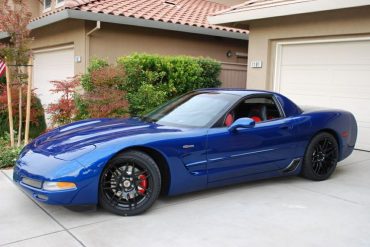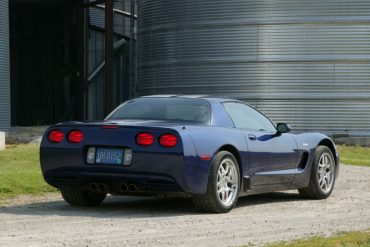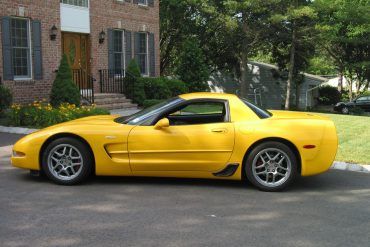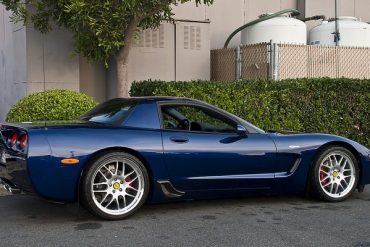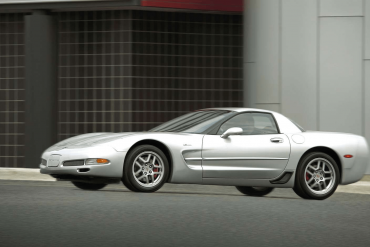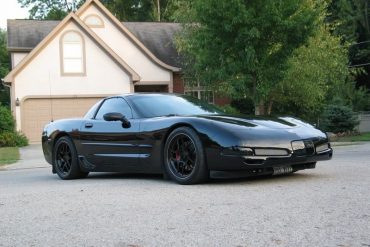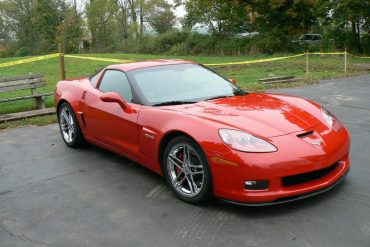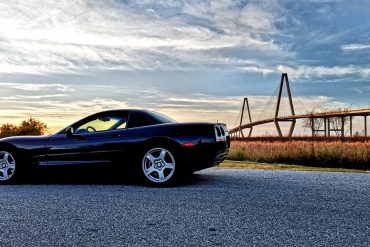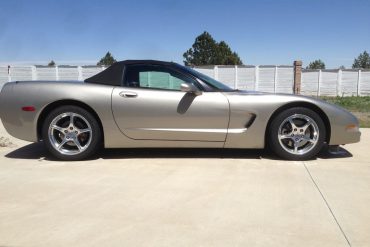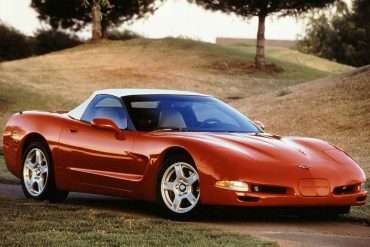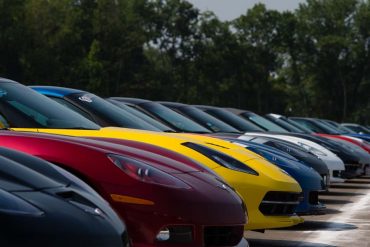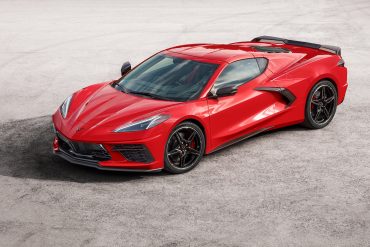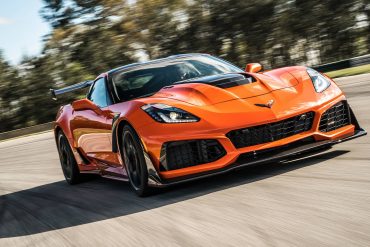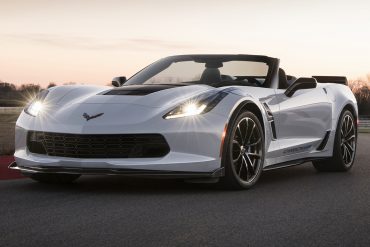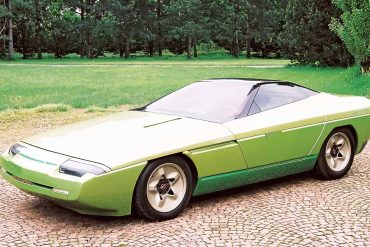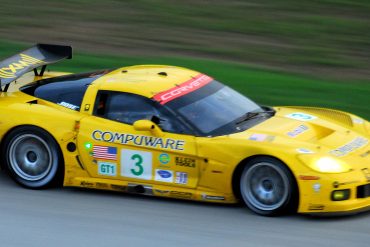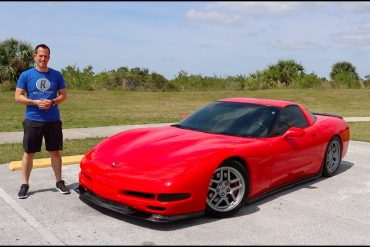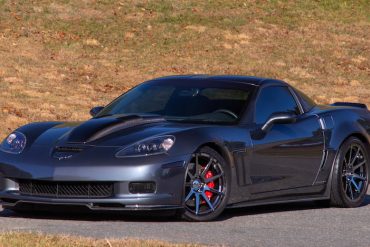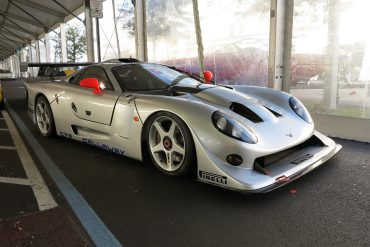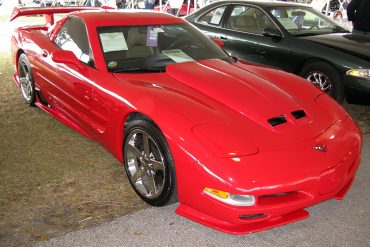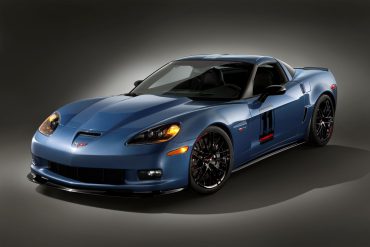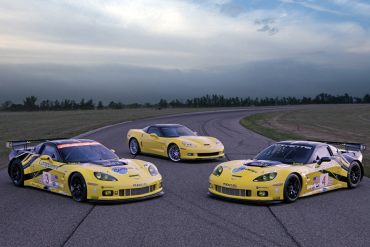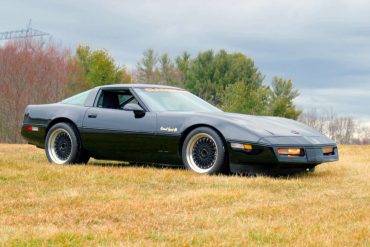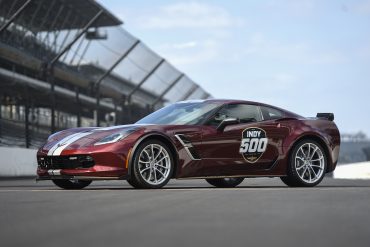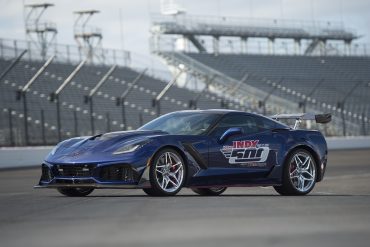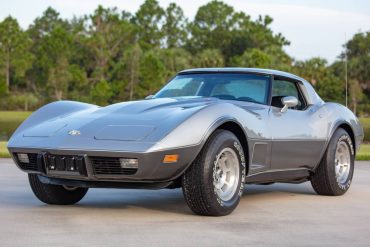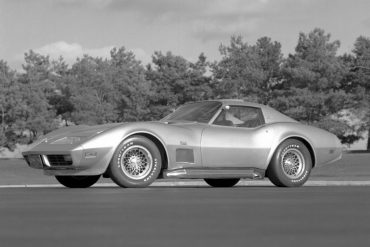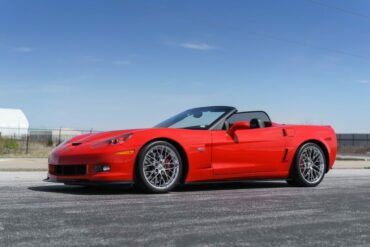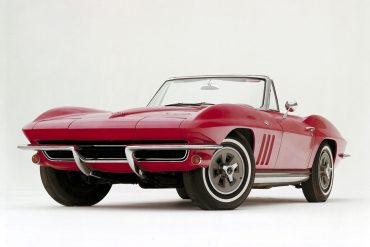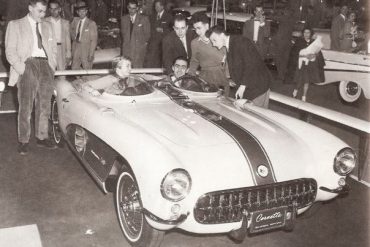In 2003 things continued at the same pace for the C5 production with no real slowdown (which is expected towards the end of the generation). A total of 35,469 Corvettes were produced in 2003.
JoinedMarch 9, 2017
Articles577
You would never guess that 2004 was the final production year for the C5 Corvette because production continued at the same feverish pace as 2003 with 34,064 Corvettes produced.
2004 C5 Corvette RPO Codes, Options Codes & Order Guide If you are looking to decode your 2004 Corvette RPO’s...
2003 C5 Corvette RPO Codes, Options Codes & Order Guide If you are looking to decode your 2003 Corvette RPO’s...
2002 C5 Corvette RPO Codes, Options Codes & Order Guide If you are looking to decode your 2002 Corvette RPO’s...
2001 C5 Corvette RPO Codes, Options Codes & Order Guide If you are looking to decode your 2001 Corvette RPO’s...
2000 C5 Corvette RPO Codes, Options Codes & Order Guide If you are looking to decode your 2000 Corvette RPO’s...
1999 C5 Corvette RPO Codes, Options Codes & Order Guide If you are looking to decode your 1999 Corvette RPO’s...
1998 C5 Corvette RPO Codes, Options Codes & Order Guide If you are looking to decode your 1998 Corvette RPO’s...
1997 C5 Corvette RPO Codes, Options Codes & Order Guide If you are looking to decode your 1997 Corvette RPO’s...
The National Corvette Caravan Is Expected To Be One of the Biggest Corvette Homecomings Ever! On Wednesday, August 28th, Corvettes...
2020 C8 Corvette Pictures Check out these great 2020 Corvette images. The new C8 Corvette is a total departure from...
2019 C7 Corvette Pictures Check out these great 2019 Corvette images. The final C7 Corvette looks stunning, aggressive and a...
2018 C7 Corvette Pictures Check out these great 2018 Corvette images. The final few years of the C7 Corvette looked...
In 1983, Bertone began to explore the possibility of approaching the US market with the Ramarro, an exercise in applied technology around mass-produced mechanics. The Ramarro, which means "green lizard" in Italian, was created on the chassis of the well-known Chevrolet Corvette, and the underlying concept aimed to modify the layout of the mechanical components.
The Corvette C6-R race car debuted at the 12 Hours of Sebring in March 2005. The two-car, factory-backed Chevrolet sports car program competed in the production-based GT1 class (formerly GTS) of American Le Mans Series as well as the legendary 24 Hours of Le Mans in France. It was the most technically advanced sports car ever developed by GM, culling years of experience from the Corvette C5-R as well as the advancements brought forth from the next-gen Corvette C6 and Z06.
The Chevrolet Corvette is such an iconic sports car. In 1997 this Corvette was produced. It was the first year...
To commemorate its quarter-century milestone, Callaway Cars collaborated with Chevrolet, arranging a production run of 25 uniquely prepared 2012 Corvette Grand Sport coupes and convertibles. General Motors supplied special parts and procedures on the Bowling Green production line to facilitate final assembly at Callaway factories. Then, the performance and identity components are installed by Callaway. The 25th Anniversary Edition produced 620 bhp and 555 lb-ft of torque.
The Callaway C7 was a completely new, purpose-built car designed to embody the company’s motto: “Powerfully Engineered Automobiles”, carrying on the visual tradition of design by Paul Deutschman and offered in a limited production series. The C7 was the first complete, bespoke Callaway Automobile. This sportscar was equipped with a carbon chassis, front mid engine/rear transaxle design, 650 horsepower SuperNatural engine.
Not too dissimilar from this fourth generation Greenwood Corvette was this G5R. Again it was a performance resin bodykit that usually came along with a host of performance upgrades. Included was a front splitter, high rise hood, rear tunnel, rear wing, and windshield fairing. Greenwood has always been the leader in high performance aerodynamics and we are proud to offer the finest and most effective designs for your C5 Corvette.
The Z06 Carbon was created to celebrate the 50th anniversary of the first appearance of the Corvette at the 24 Hours of Le Mans when John Fitch and Briggs Cunningham won their class and finished eighth overall. The Carbon edition is essentially a Z06 with a ZR1 chassis and some of the carbon skin. With only 500 examples made, this is one rare and special looking Vette. The limited edition is distinguished by an aggressive look and black accents, reminiscent of the Porsche 911 GTS range.
The C6.R ZR1 GT2, if you were to use its full name, was the model used in the last four years before the Corvette C7.R was introduced, and had a slick sequential manual operated by paddles that was combined with the rear differential to create a rear transaxle. This style of transaxle eventually made it into the road-going Corvette, especially the Grand Sport and ZR1 of the C7 generation.
When Dick Guldstrand introduced the GS80 series in 1986, the car was targeted specifically at Pro-Solo and autocross enthusiasts. He knew all about the needs of these groups, as he was a longtime provider of performance upgrades for the C3 and a direct supporter of a small team of racers from the Western Council of Corvette Clubs. Up to this point, Dick had basically been a tuner. With the intro of the GS80 he was venturing into the realm of small-volume manufacturing.
The 2019 Corvette ZR1 was the official Pace Car for the 2018 Indianapolis 500 presented by PennGrade Motor Oil and led drivers to the green flag on Sunday, May 27, for the 102nd running of the legendary race. It marks the 15th time a Corvette has served as the official Pace Car since 1978, and the 29th time a Chevrolet has led the field dating back to 1948, when a 1948 Fleetmaster Six convertible paced the race.
The 2019 Corvette ZR1 was the official Pace Car for the 2018 Indianapolis 500 presented by PennGrade Motor Oil and led drivers to the green flag on Sunday, May 27, for the 102nd running of the legendary race. It marks the 15th time a Corvette has served as the official Pace Car since 1978, and the 29th time a Chevrolet has led the field dating back to 1948, when a 1948 Fleetmaster Six convertible paced the race.
The 1978 Silver Anniversary Edition Corvette was developed to offer consumers a “collectible” model that commemorated one of Corvette’s milestone production anniversaries (its twenty-fifth anniversary in this case) in a way that had ever been done previously with any Corvette model year that had come before it. The car was mechanically identical to 1978 counterparts.
Chevrolet Corvette Mulsanne Showcar, 1974. Created by Bill Mitchell, the Mulsanne was a development of several previous Corvette “specials”, the 1969 Aero and the 1970 Scirocco. By 1974 it had been bored out to 454 ci and fitted with an experimental Rochester fuel injection system, it also had a periscope rearview mirror system.
In terms of what is new, Black is back as well as the new color we told you about which is officially called “Night Race Blue Metallic”. The other major 2013 additions which have already been seen are the 427 Convertible and the 60th Anniversary Package.
The L84 was the most powerful 327 available for the 1965 Corvette thanks to its Ram-Jet Fuel Injection which was an expensive $538 option. For competition, race customers had a range of options available to them including the N03 36-Gallon Fuel Tank, closer rear axle ratios and the C48 Heater/Defroster Delete (-100).
The Corvette SS racing car and its mule test car were planned as far back as August of 1956, well before the Super Sport show car. However, that one was referred to within GM as the XP-64, and it was finished in march, well after the show car had been on the show circuit for a couple of months.


